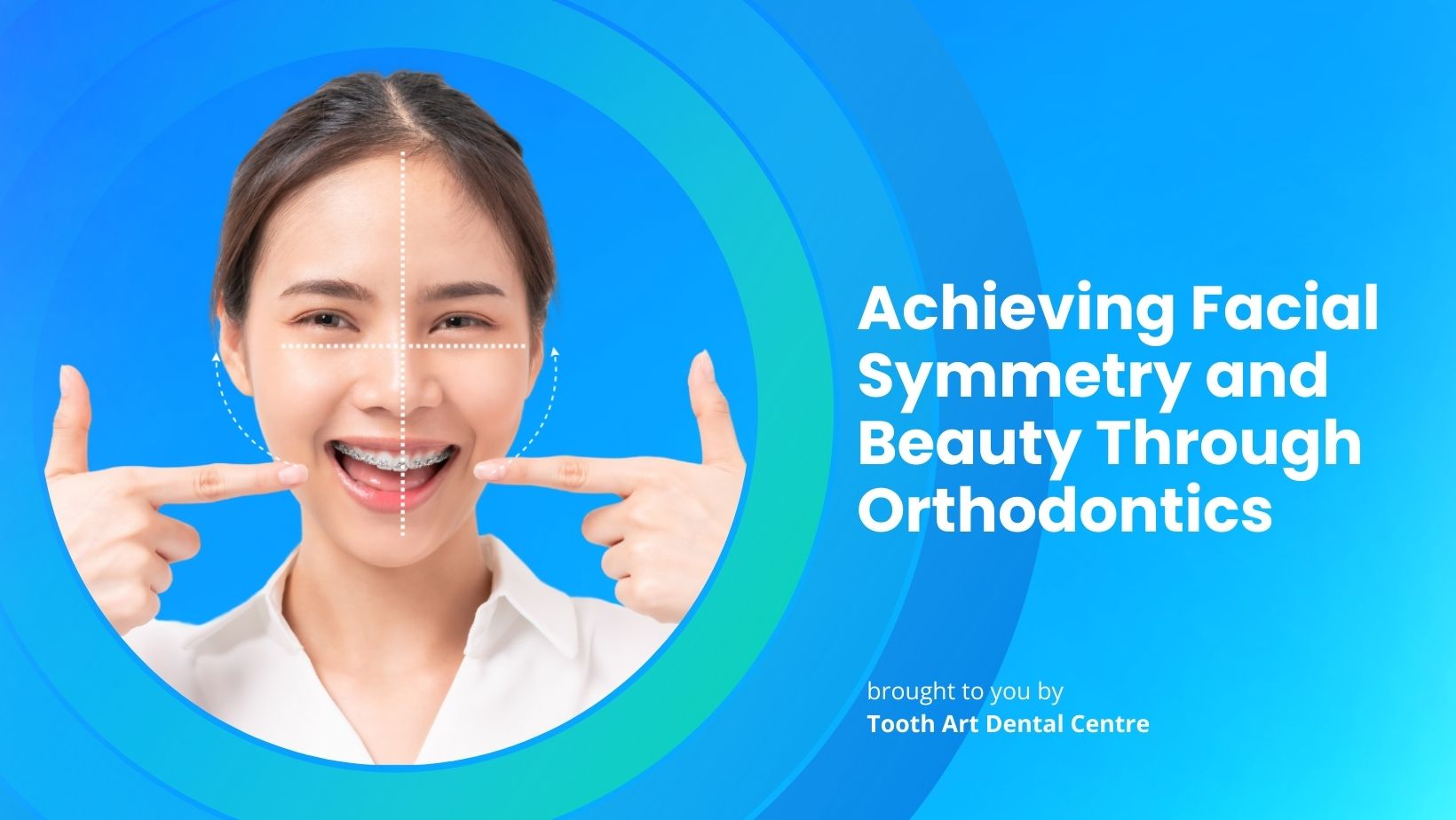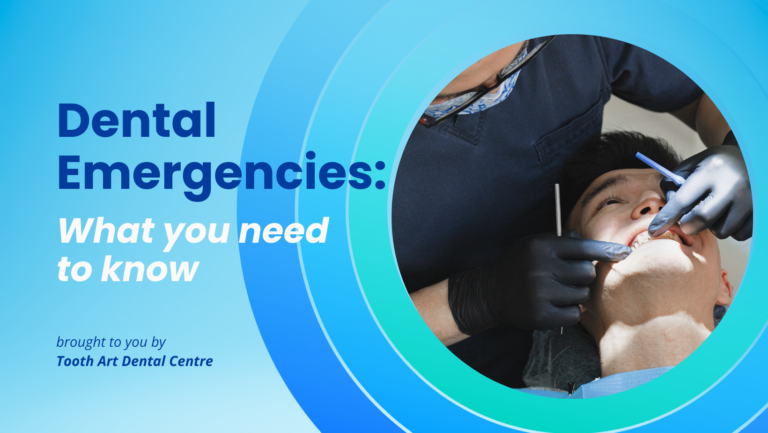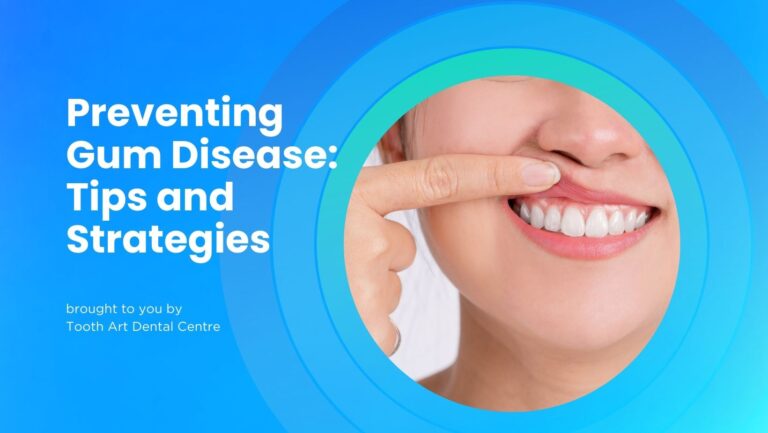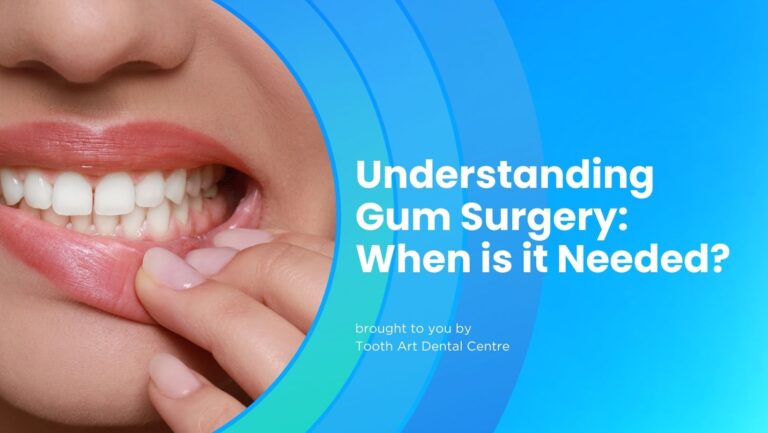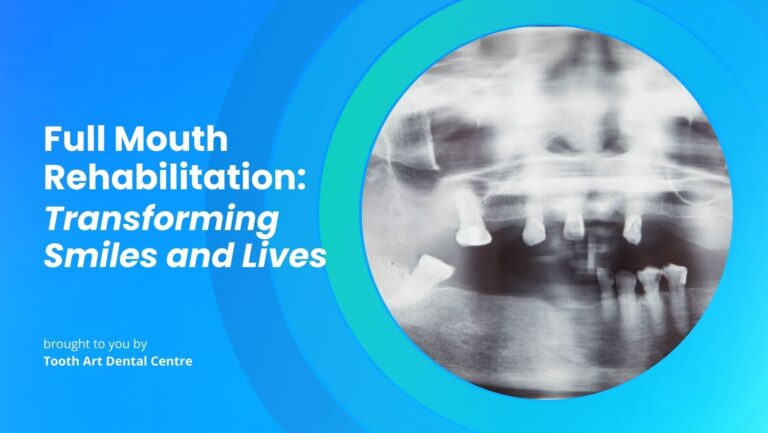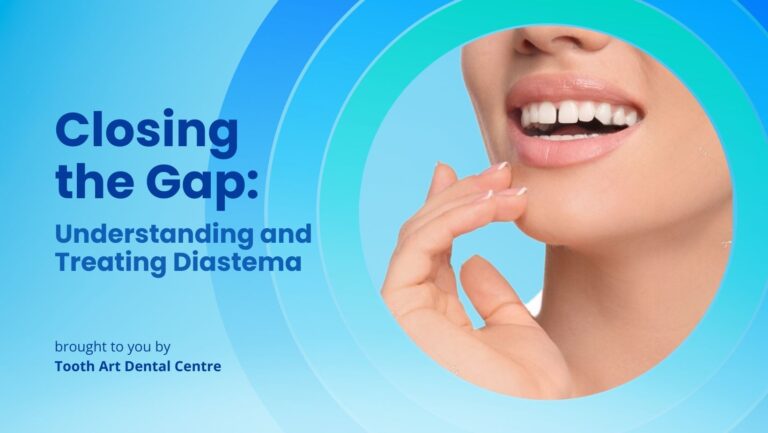Achieving Facial Symmetry and Beauty through Orthodontics
In the pursuit of aesthetic appeal and beauty, facial symmetry plays a crucial role. A harmonious balance of facial features, symmetry is often perceived as a hallmark of beauty. While perfect symmetry is not always possible naturally, the field of orthodontics offers potential solutions. The straightening of teeth can significantly contribute to facial symmetry and improve the looks of a person.
Understanding Facial Symmetry
Facial symmetry refers to the balanced proportions and alignment of facial features. Ideally, this means that the left and right sides of the face mirror each other, and the top and bottom halves are in proportion. However, perfect symmetry is more of an exception than the norm. Most individuals exhibit some degree of asymmetry, often so slight that it’s barely noticeable. This could manifest as one eye being marginally larger than the other or a slight discrepancy in the sizes of the ears.
While minor asymmetries are part and parcel of human uniqueness, more pronounced imbalances can significantly impact a person’s appearance.
How Can Orthodontics Help?
Misaligned teeth and jaw irregularities can disrupt the balance of facial features, leading to aesthetic and functional issues. Through the strategic application of braces, clear aligners or other orthodontic appliances, an orthodontist can manipulate the position of teeth and influence jaw growth. This process not only improves the alignment and occlusion of teeth but also contributes to a more harmonious facial structure. By correcting these dental issues, professionals can help achieve a balanced appearance of the face, enhancing both the smile and the overall facial aesthetics. This not only boosts the individual’s self-confidence but also contributes to better oral health and functionality.
Causes of Facial Asymmetry and Orthodontic Intervention
The following are common orthodontic conditions and how they affect facial symmetry. We also explore orthodontic interventions that can improve the misalignment of teeth and facial appearances.
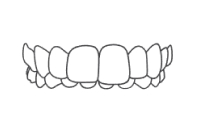
Overbite
A common issue, overbite, is characterised by the upper teeth protruding significantly over the lower teeth. In severe cases, an overbite can make the face appear sunken and the chin receded, altering the facial profile. Orthodontic treatments for overbite often involve braces or specific appliances. These treatments gradually shift the teeth and jaw into a more aligned position, not only enhancing the bite but also contributing to a fuller, more balanced facial structure.
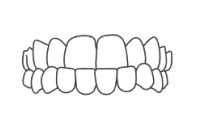
Underbite
Conversely, an underbite occurs when the lower teeth and jaw extend beyond the upper teeth. This condition can lead to a prominent jaw, affecting the lower facial contour and sometimes making the face appear disproportionately elongated or the chin overly pronounced. Treatment for underbite typically includes braces or clear aligners, and in more severe cases, orthognathic surgery. The goal is to realign the jaw and teeth, thereby softening the facial profile and restoring balance.
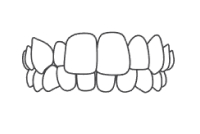
Crossbite
Crossbite is another condition where the upper and lower teeth do not align correctly, often resulting in a misaligned smile and an asymmetrical face. It can lead to uneven wear on the teeth and even jaw pain. Orthodontic interventions, including braces and palatal expanders, are used to correct crossbites. By aligning the teeth properly, these treatments not only improve oral functionality but also contribute to a more symmetric facial appearance.
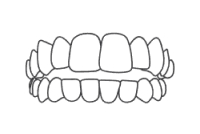
Openbite
An open bite, where the upper and lower teeth don’t meet when the mouth is closed, can elongate the face and affect the mouth’s appearance. This condition can also hinder proper biting and chewing. Orthodontic treatments like braces and Invisalign are effective in correcting open bites. As the teeth move into their correct positions, the face achieves a more harmonious and proportionate look, significantly enhancing both functionality and aesthetics.
Early Orthodontic Intervention in Achieving Facial Symmetry
Is early intervention crucial to correct facial symmetry? Interceptive or phase 1 orthodontics refers to early phase orthodontic treatments that focus on children between 7 and 11 years of age, a period when the jaw and teeth are still developing and are more amenable to alignment adjustments. Emphasising the importance of this early intervention, the American Association of Orthodontists (AAO) advises that children should have an orthodontic evaluation by the age of 7. This proactive approach allows for timely identification and management of alignment issues, setting the stage for more effective and efficient treatment outcomes.
Conclusion
By addressing conditions like overbites, underbites, crossbites, and open bites, orthodontics plays a pivotal role in enhancing facial symmetry. This not only leads to improved physical appearance but also resolves functional issues, contributing to overall oral health.
If you or a loved one are concerned about facial asymmetry and misalignment of teeth, schedule a consultation with an orthodontist for a proper diagnosis and treatment plan.
References:
- “The Right Time: When Should Your Child See an Orthodontist” The American Association of Orthodontists.
- Illustrations taken from https://www.invisalign.com.sg/treatment-process
Note:
This article is intended for informational purposes only and does not substitute for professional medical advice. Individuals experiencing health concerns should consult with healthcare professionals for proper diagnosis and treatment plans.

